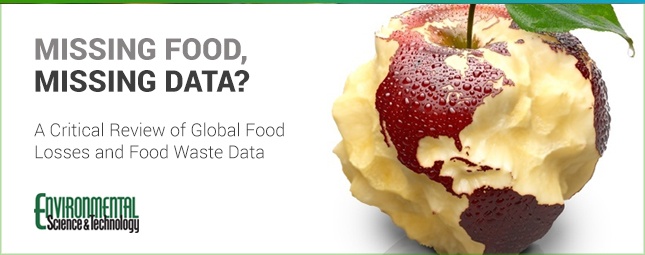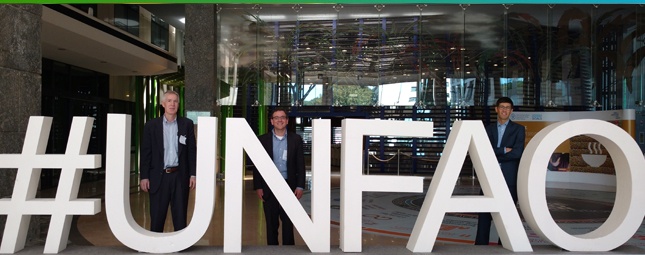Food Waste Intelligence

“Missing Food, Missing Data” report suggests we have a long way to go in good data collection. Awareness of the scale of the global food waste problem has been on the rise in recent years, which is a good thing, as most estimates of the amount of food lost or wasted annually without being consumed by humans range from 30% to 50% of total production. That’s neither acceptable nor sustainable. The United Nations has addressed this problem through Sustainable Development Goal 12.3, which calls for a 50% cut in per capita food waste at th...
Read More >>
In December of 2015, the U.S. joined nearly every other nation on Earth in approving the language underpinning the Paris Climate Accord – a landmark moment of global collaboration toward addressing the very real threats of climate change stemming from the build-up of greenhouse gas emissions in the atmosphere. Yet earlier in June, President Trump announced that the U.S. would withdraw from the Accord, thereby joining Nicaragua and Syria as the world’s only non-supportive countries. At LeanPath, we respectfully disagree with the Presid...
Read More >>
LeanPath Leaders Meet with FAO Representatives Earlier this month we traveled to Italy with a multidisciplinary group of graduate students from the University of Pennsylvania’s Organizational Dynamics program as part of a collaborative educational effort to address global food waste.
Read More >>
I am continually amazed at the power of everyday observations around food (and specifically food waste) in our developed world culture, the messages behind those observations, and the behaviors that those messages reinforce. We need not look far to see entrenched drivers of food waste, they are all around us. Consider these five brief examples.
Read More >>
I come to LeanPath following a lengthy career in the supply chain sector in operations and finance roles, where I spent a considerable amount of time focused excessively on the financial bottom line and all of the associated operational drivers.
Read More >>